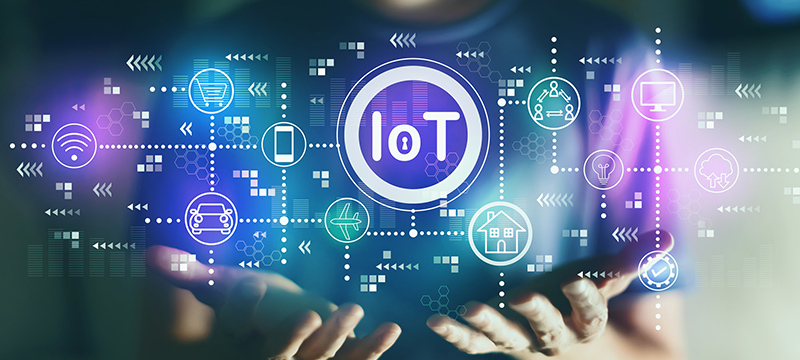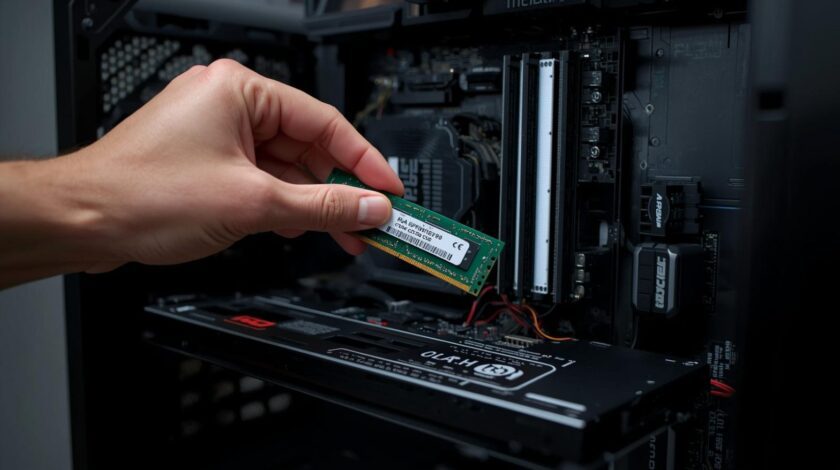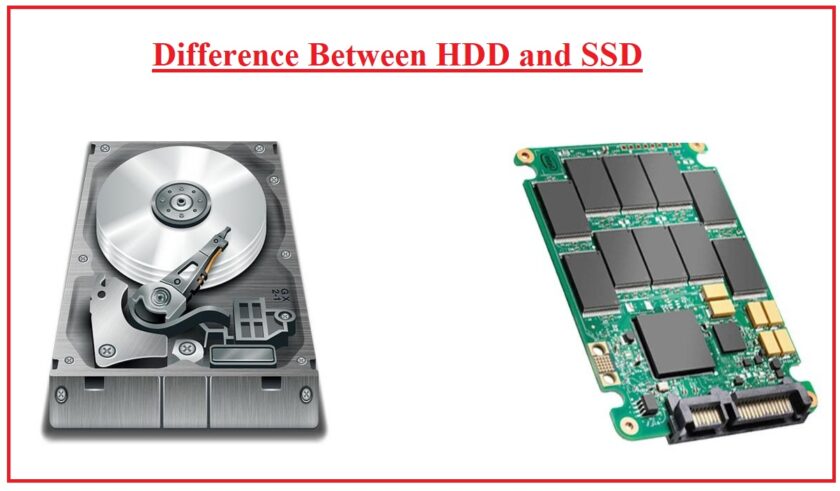How to Implement IoT Solutions in Your Business
Introduction
How to Implement IoT Solutions in Your Business: The Internet of Things (IoT) has transformed how businesses operate, offering opportunities to enhance efficiency, improve customer experiences, and create new revenue streams. Implementing IoT solutions can provide real-time data, automate processes, and enable smarter decision-making. However, integrating IoT into your business requires careful planning and execution. This article provides a step-by-step guide on how to implement IoT solutions in your business, from defining your goals to maintaining and optimizing your IoT infrastructure.
1. Define Your Objectives and Use Cases
Overview: The first step in implementing IoT solutions is to clearly define your business objectives and identify specific use cases. Understanding the problems you want to solve and the benefits you hope to achieve will guide the entire implementation process.
Key Considerations:
- Business Goals: Determine what you aim to achieve with IoT, such as reducing operational costs, improving product quality, enhancing customer service, or creating new business models.
- Use Cases: Identify potential use cases that align with your business goals. For example, IoT can be used for predictive maintenance, inventory management, energy monitoring, or fleet management.
Tips:
- Start Small: Focus on one or two high-impact use cases to begin with, and gradually expand as you gain experience and insights.
- Involve Stakeholders: Engage relevant stakeholders from different departments to gather diverse perspectives and ensure alignment with overall business objectives.
2. Choose the Right IoT Technology and Infrastructure
Overview: Selecting the appropriate IoT technology and infrastructure is crucial for the success of your IoT implementation. This includes choosing the right sensors, devices, communication protocols, and cloud platforms.
Key Considerations:
- Sensors and Devices: Choose sensors and devices that can collect the necessary data for your use cases. Consider factors like accuracy, reliability, and compatibility with existing systems.
- Communication Protocols: Select communication protocols (e.g., Wi-Fi, Bluetooth, Zigbee, LoRa) based on factors like range, power consumption, and data transmission needs.
- Cloud and Edge Computing: Decide whether to use cloud computing, edge computing, or a hybrid approach for data processing and storage. Cloud computing offers scalability and accessibility, while edge computing provides real-time data processing and reduces latency.
Tips:
- Scalability: Ensure that your chosen technology and infrastructure can scale as your IoT deployment grows.
- Security: Prioritize security features, such as data encryption, secure communication protocols, and device authentication, to protect sensitive data and prevent unauthorized access.
3. Develop and Integrate IoT Solutions
Overview: Developing IoT solutions involves creating software and applications that can collect, analyze, and visualize data from IoT devices. Integration with existing systems and workflows is also crucial for seamless operations.
Key Considerations:
- Software Development: Develop custom software or use off-the-shelf solutions to manage and analyze IoT data. This may include data analytics, machine learning models, and user interfaces.
- Integration: Integrate IoT solutions with existing enterprise systems, such as ERP, CRM, and SCM, to ensure smooth data flow and process automation.
- APIs and Interoperability: Use APIs and standards-based interfaces to facilitate communication between different devices and systems.
Tips:
- Agile Development: Use agile development methodologies to quickly iterate and refine your IoT solutions based on user feedback and evolving requirements.
- Test and Validate: Thoroughly test your IoT solutions in real-world conditions to validate their functionality, performance, and reliability.
4. Implement Data Management and Analytics
Overview: Data is at the core of IoT, and effective data management and analytics are essential for deriving actionable insights. This involves collecting, storing, and analyzing data to support decision-making.
Key Considerations:
- Data Collection: Implement systems to collect data from IoT devices in real-time. Ensure data accuracy, consistency, and integrity.
- Data Storage: Choose appropriate storage solutions, such as cloud databases or data lakes, based on the volume and velocity of data.
- Data Analytics: Use data analytics tools and techniques, such as descriptive, predictive, and prescriptive analytics, to gain insights and make informed decisions.
Tips:
- Data Governance: Establish data governance policies and procedures to manage data quality, security, and compliance.
- Visualization: Use data visualization tools to present complex data in an easy-to-understand format, enabling stakeholders to quickly grasp key insights.
5. Ensure Security and Compliance
Overview: Security and compliance are critical aspects of IoT implementation. With the increasing number of connected devices, businesses must address potential security risks and comply with relevant regulations.
Key Considerations:
- Device Security: Implement security measures for IoT devices, such as secure boot, firmware updates, and tamper detection.
- Data Security: Protect data in transit and at rest using encryption and secure communication protocols.
- Compliance: Ensure compliance with industry regulations and standards, such as GDPR, HIPAA, and ISO/IEC 27001, depending on your industry and location.
Tips:
- Regular Audits: Conduct regular security audits and assessments to identify and address vulnerabilities.
- Incident Response Plan: Develop an incident response plan to quickly and effectively respond to security breaches or data incidents.
6. Monitor, Maintain, and Optimize
Overview: Continuous monitoring, maintenance, and optimization are essential for the long-term success of your IoT implementation. This involves tracking performance, addressing issues, and making improvements based on evolving needs.
Key Considerations:
- Monitoring: Use monitoring tools to track the performance and health of IoT devices and systems in real-time. Set up alerts for anomalies and potential issues.
- Maintenance: Regularly update software, firmware, and security patches to ensure optimal performance and security.
- Optimization: Analyze performance data to identify areas for improvement, such as reducing latency, optimizing resource usage, or enhancing user experience.
Tips:
- Automated Monitoring: Implement automated monitoring and diagnostics to quickly detect and resolve issues.
- Continuous Improvement: Foster a culture of continuous improvement by regularly reviewing and refining your IoT solutions based on feedback and new developments.
7. Evaluate ROI and Expand
Overview: After implementing IoT solutions, evaluating their return on investment (ROI) is crucial to determine their impact on your business. This evaluation helps in deciding whether to expand IoT initiatives.
Key Considerations:
- Metrics and KPIs: Define and track relevant metrics and KPIs, such as cost savings, efficiency gains, and revenue growth, to measure the success of your IoT implementation.
- Cost-Benefit Analysis: Conduct a cost-benefit analysis to assess the financial impact of IoT solutions, including initial investments, operational costs, and potential benefits.
Tips:
- Pilot Projects: Start with pilot projects to test IoT solutions on a smaller scale before scaling up.
- Scalability: Plan for scalability from the outset, considering factors like infrastructure, data management, and security.
Conclusion
Implementing IoT solutions in your business can unlock significant value by enhancing efficiency, improving decision-making, and creating new opportunities. By defining clear objectives, choosing the right technology, developing and integrating solutions, ensuring security and compliance, and continuously monitoring and optimizing, you can successfully navigate the complexities of IoT implementation. As you gain experience and insights, you can expand your IoT initiatives and continue to innovate and grow in the digital age.






